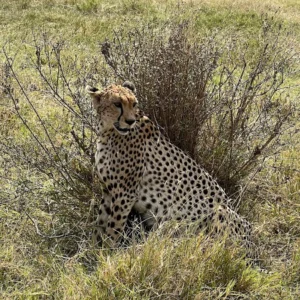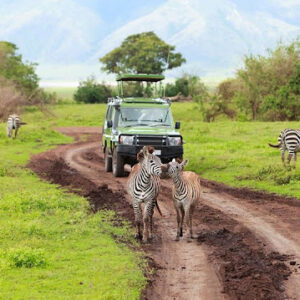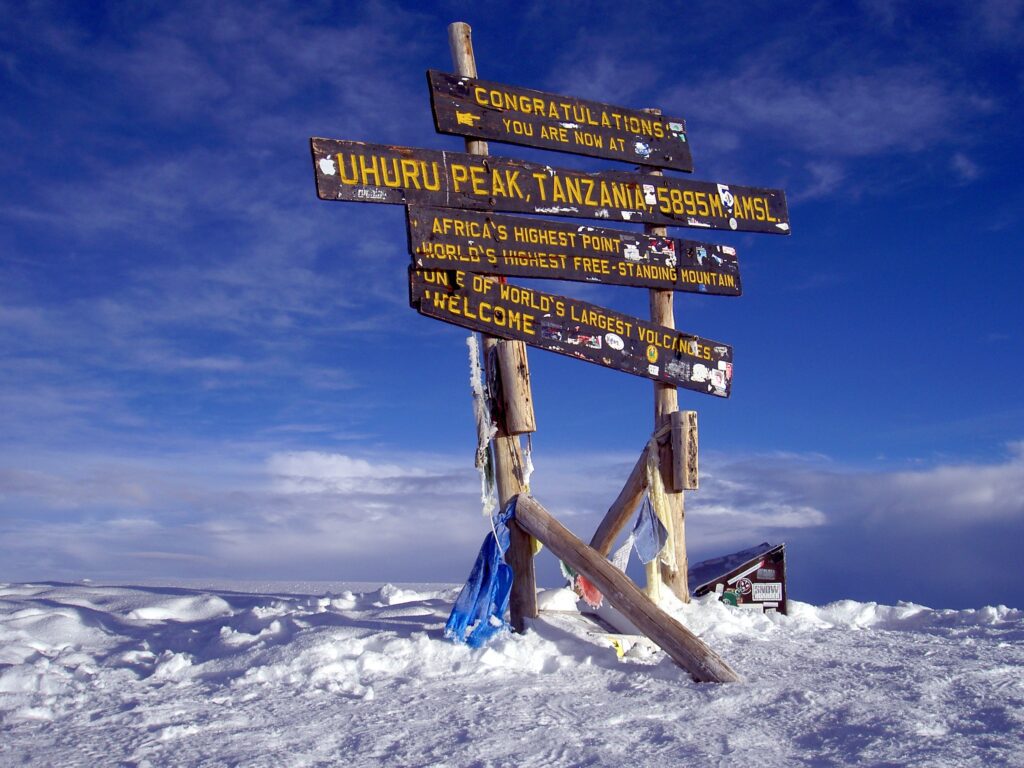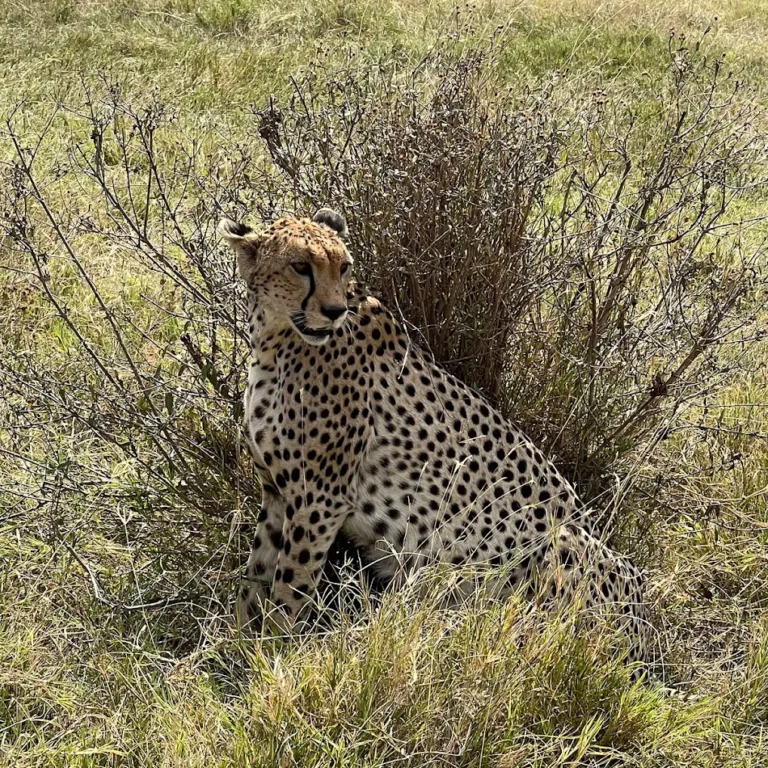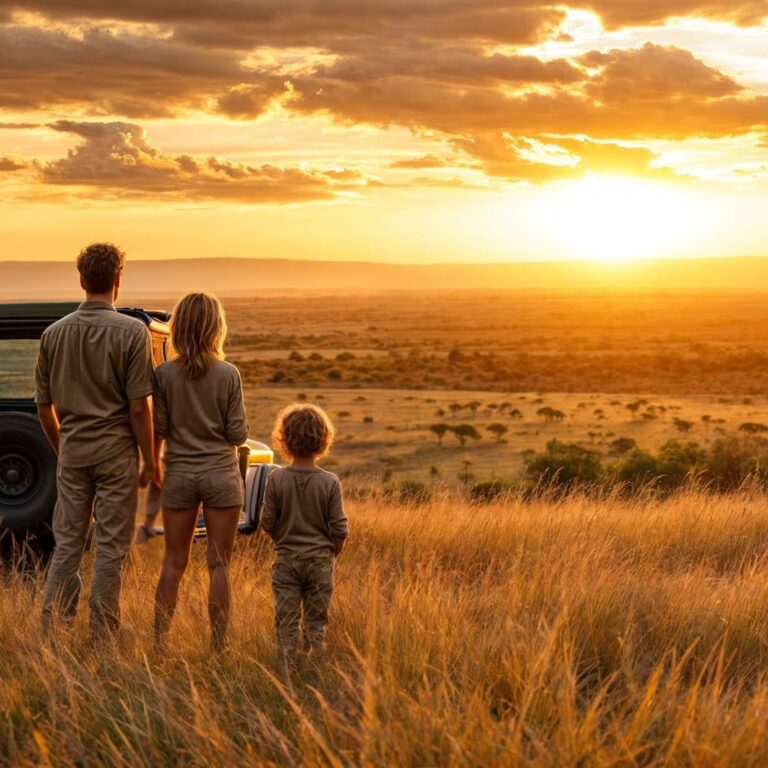Mount Kilimanjaro, Africa’s highest peak at 5,895 meters (19,341 feet), draws thousands of adventurers from around the world each year. Among its various routes, the Lemosho Route stands out as one of the most scenic, offering trekkers a combination of breathtaking views, diverse ecosystems, and a gradual ascent that maximizes the chance for summit success. It’s often considered the most beautiful route on Kilimanjaro. Here, we delve into the unique features of the Lemosho Route and why it’s the preferred choice for many climbers.
Unique Features of the Lemosho Route
The Lemosho Route renowned for its stunning landscapes, offering some of the best views of Kilimanjaro. Unlike other routes, it approaches the mountain from the west, which gives trekkers a rare, less-traveled perspective of the mountain’s grandeur. This route is distinguished by its gradual ascent, which is crucial for better acclimatization and minimizing the risk of altitude sickness.
One of the most notable features of the Lemosho Route its progression through diverse ecosystems. Climbers start in lush rainforests, passing through alpine meadows and barren desert landscapes before reaching the summit. The route also offers less congestion compared to other routes like Marangu, providing a more peaceful and intimate experience with nature.
Additionally, the Lemosho Route considered more challenging, but the reward of summit success and the spectacular scenery make it worthwhile.
The Lemosho Route on the Kilimanjaro Map
On the Kilimanjaro map, the Lemosho Route can be seen as originating from the western side of the mountain, beginning at the Lemosho Gate, located at 2,100 meters (6,890 feet) above sea level. It follows a path that gradually ascends through several camps situated at various altitudes, each providing incredible views of the mountain and the surrounding landscapes.
The Lemosho Route intersects with the Machame Route near the Shira Plateau. It then continues upward to the Barafu Hut. Which serves as the base for summit day, and finally, the trek leads to Uhuru Peak, the highest point on Kilimanjaro. The map shows the distinct winding path of this route, highlighting its scenic nature and gradual ascent.
Kilimanjaro Lemosho Route Elevation Gain
The Lemosho Route offers a gradual ascent, which helps climbers acclimatize better compared to faster, steeper routes. Starting at Lemosho Gate (2,100 meters), the elevation gain on this route spans about 3,800 meters (12,467 feet) to the summit of Uhuru Peak (5,895 meters). Climbers experience a steady increase in elevation. Typically with an average gain of about 400-800 meters per day. This pace allows the body to adjust to the altitude and reduces the likelihood of altitude sickness.
The route’s elevation gain is crucial for its success rate. As it gives trekkers ample time to adapt to the changing oxygen levels, increasing their chances of summiting.
Kilimanjaro Lemosho Route Camps
The Lemosho Route features several camps strategically located to aid in acclimatization. These camps provide climbers with rest opportunities, meals, and shelter during their ascent. The camps along the route include:
✔Lemosho Gate to Mti Mkubwa Camp (2,800 meters). The first camp a peaceful spot situated in the rainforest, where hikers can rest after their initial ascent.
✔Mti Mkubwa Camp to Shira 1 Camp (3,500 meters). This camp is located in the Shira Plateau, offering expansive views and a sense of being above the rainforest.
✔Shira 1 Camp to Shira 2 Camp (3,900 meters). The Shira Plateau provides a more open, alpine-like environment and ✔Shira 2 Camp offers stunning views of the mountain.
✔Shira 2 Camp to Barranco Camp (3,960 meters). This camp nestled at the base of the Barranco Wall and offers some of the most spectacular views on the entire route.
✔Barranco Camp to Karanga Camp (4,035 meters). This camp situated on the side of the mountain, offering a brief but challenging section of the trek before reaching higher altitudes.
✔Karanga Camp to Barafu Camp (4,640 meters). Barafu serves as the base for summit attempts, and it’s where climbers rest before their final push to the summit.
✔Barafu Camp to Uhuru Peak (5,895 meters). The final stretch takes climbers through steep terrain before reaching the highest point in Africa.
Lemosho Route Distance
The total distance covered by the Lemosho Route varies depending on the specific itinerary. But it typically ranges from 70 to 75 kilometers (43 to 47 miles). This distance is spread over a 7- or 8-day trek, which helps climbers gradually adjust to the increasing altitude. The gradual ascent is what makes the Lemosho Route appealing to many climbers. As it provides ample time to acclimatize and enjoy the surroundings.
Lemosho Route Success Rate
The Lemosho Route has one of the highest success rates among Kilimanjaro routes, often around 85% for climbers who complete the full itinerary of 7 or 8 days. The extended trek and gradual ascent give climbers time to adjust. Which helps to prevent altitude sickness and enhances the likelihood of reaching the summit. This success rate is one of the reasons why many experienced trekkers recommend the Lemosho Route, particularly for first-timers or those looking for a more enjoyable, scenic climb.
7. Lemosho Route Itinerary
A typical 7-day itinerary for the Lemosho Route looks like this:
✔ A Day 1: Lemosho Gate to Mti Mkubwa Camp (2,800 meters)
✔From Day 2: Mti Mkubwa Camp to Shira 1 Camp (3,500 meters)
✔Hiking Day 3: Shira 1 Camp to Shira 2 Camp (3,900 meters)
✔Climbing Day 4: Shira 2 Camp to Barranco Camp (3,960 meters)
✔Trekking Day 5: Barranco Camp to Karanga Camp (4,035 meters)
✔Day 6: Karanga Camp to Barafu Camp (4,640 meters)
✔Explore Day 7: Barafu Camp to Uhuru Peak (5,895 meters), then descend to Mweka Camp (3,100 meters)
✔Day 8: Mweka Camp to Mweka Gate (1,640 meters)
The 8-day itinerary offers an additional day for acclimatization, which is especially beneficial for those who want to further reduce the risk of altitude sickness.
Lemosho Route Altitude Considerations
Altitude a key factor in the success of any Kilimanjaro climb, and the Lemosho Route’s gradual ascent helps mitigate altitude-related issues. However, trekkers must still be mindful of symptoms such as headaches, nausea, and dizziness, which could indicate altitude sickness. Proper hydration, rest, and adherence to the itinerary are essential for managing altitude effectively.
It’s recommended that climbers stay at each camp for a minimum of one night to allow for acclimatization. If you’re feeling unwell, it’s crucial to notify your guide immediately to ensure that necessary adjustments are made.
Lemosho Route Ascending and Descending
Ascending Kilimanjaro physically demanding process, but the Lemosho Route’s gradual slope minimizes the strain on climbers. The trail is well-maintained, and experienced guides lead climbers through rocky and sometimes steep sections. The descent, while quicker, requires careful attention to avoid injury, as the terrain can be slippery.
The typical descent from Uhuru Peak to Mweka Gate takes about 6 hours, covering the final 12 kilometers (7.5 miles). Climbers are encouraged to take it slow to avoid stress on their legs and knees.
Accommodations Along the Lemosho Route
Accommodation along the Lemosho Route typically in tents at designated camps. These camps offer a basic but comfortable environment for trekkers. Each campsite has shared tents for sleeping, a dining tent, and a toilet area. At higher altitudes, the camps are more rudimentary, with fewer amenities, but the focus is on providing a safe, restful environment for climbers.
Lemosho Route Safety Measures
Safety a top priority when trekking Kilimanjaro, and the Lemosho Route is no exception. Climbers are always accompanied by certified guides and porters. First aid kits are carried by the guides, and climbers are advised to listen carefully to safety instructions.
Additionally, many trekking companies monitor climbers’ health closely, especially at higher altitudes. If a climber exhibits signs of severe altitude sickness, they may be advised to descend to a lower elevation to recover.
Lemosho Route Packing List
Packing for the Lemosho Route requires careful consideration. Essentials include:
Clothing: Moisture-wicking base layers, warm fleece, waterproof jacket, and a hat and gloves.
Footwear: Sturdy, broken-in hiking boots.
Accessories: Sunglasses, sunscreen, a headlamp with extra batteries, and a camera.
Personal Items: A sleeping bag rated for cold temperatures, trekking poles, and a water bottle/hydration system.
Medical Supplies: Basic first aid kit, altitude sickness medication (if prescribed), and personal hygiene products.
Lemosho Route vs. Other Routes
The Lemosho Route is often compared to other Kilimanjaro routes such as Machame and Marangu. The Lemosho Route is known for its scenic beauty, quieter atmosphere, and higher success rates due to the extended duration of the trek. While Machame is more challenging and Marangu is shorter, the Lemosho Route strikes the perfect balance for those seeking both adventure and a higher chance of summit success.
Lemosho Route Reviews
The Lemosho Route is widely praised by climbers for its natural beauty and success rate. Many hikers highlight the route’s tranquil atmosphere, stunning landscapes, and gradual ascent. Climbers appreciate the variety of environments encountered, from rainforests to alpine deserts. Reviews consistently mention the professional and experienced guides who provide excellent support, ensuring a safe and enjoyable experience. With its beautiful vistas, high success rate, and well-paced itinerary. The Lemosho Route remains one of the most favored options for climbing Kilimanjaro.
The Ultimate Guide to Climb Lemosho Route
The Lemosho Route a scenic and gradual path to summit Mount Kilimanjaro, offering breathtaking views and a high success rate due to its slow ascent. Taking 7-8 days, it allows ample time for acclimatization, passing through diverse ecosystems like rainforests and alpine meadows. With camps like Mti Mkubwa, Barranco, and Barafu, it provides stunning landscapes and fewer crowds. Why do climbers choose Lemosho? The route’s gradual approach and expert guides make it an ideal choice for climbers aiming for summit success. The Lemosho route is a favorite among climbers of all experience levels due to its scenic beauty, gradual ascent, and high chance of summit success.
Final thought
The Lemosho Route is not just the most beautiful route on Kilimanjaro. But it also offers an optimal balance of gradual ascent, breathtaking landscapes, and high summit success rates. For those looking to experience the magic of Kilimanjaro. The Lemosho Route provides an unforgettable adventure that will leave you with memories to last a lifetime.

